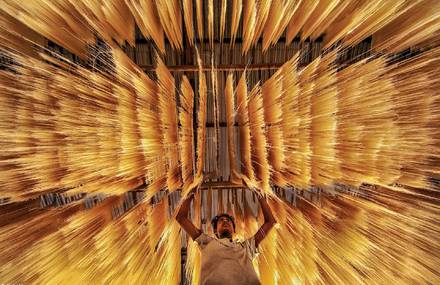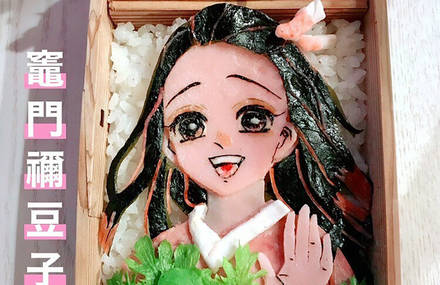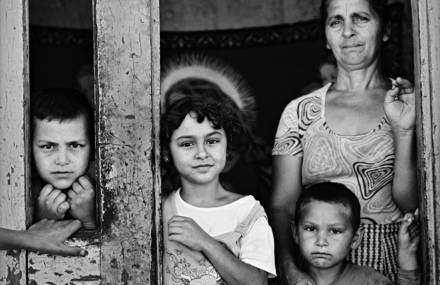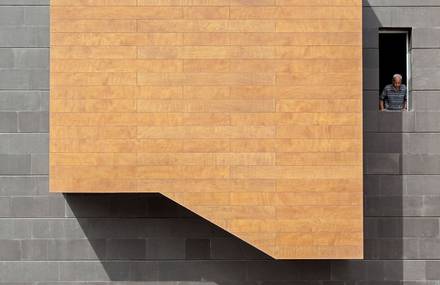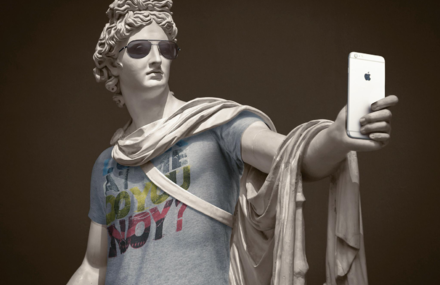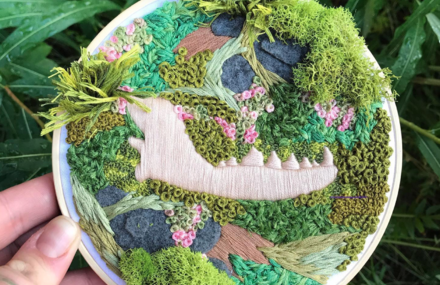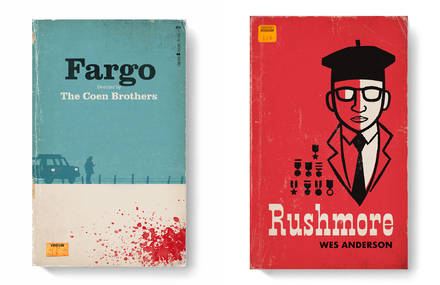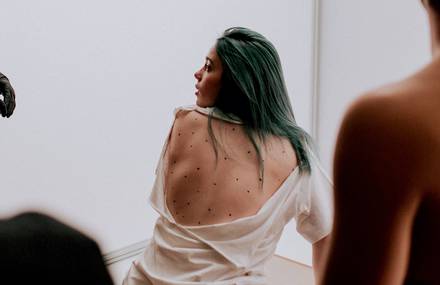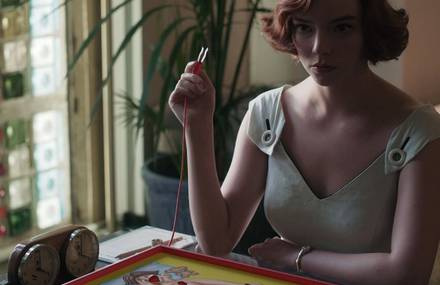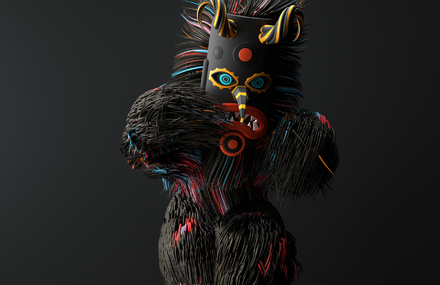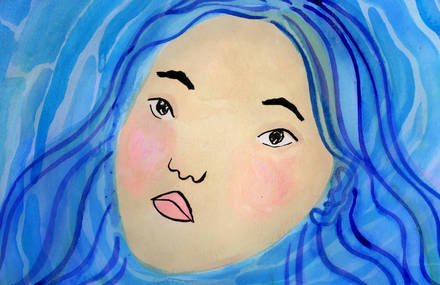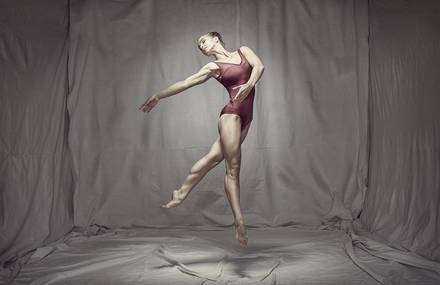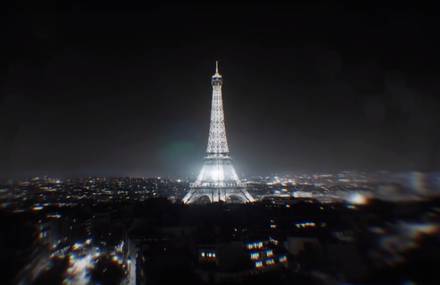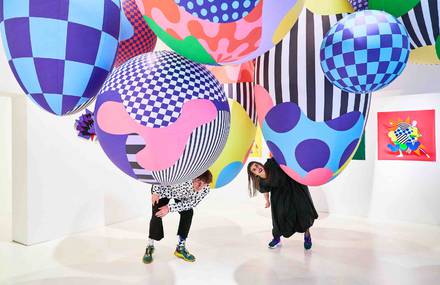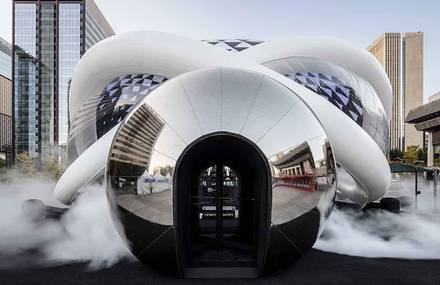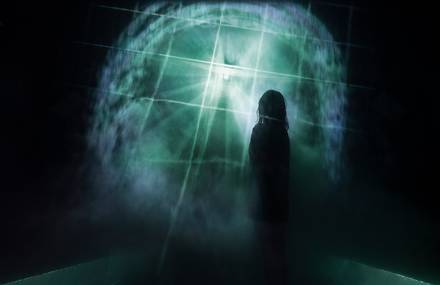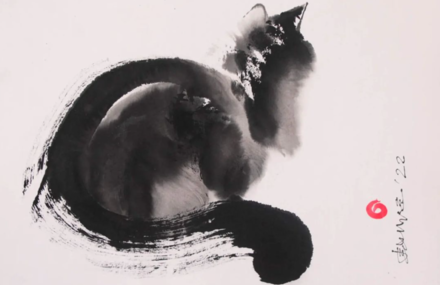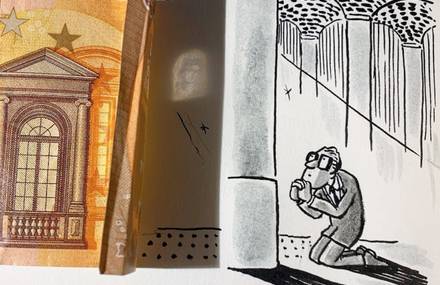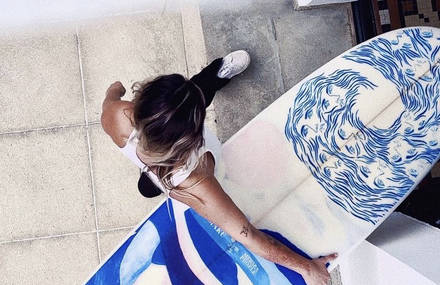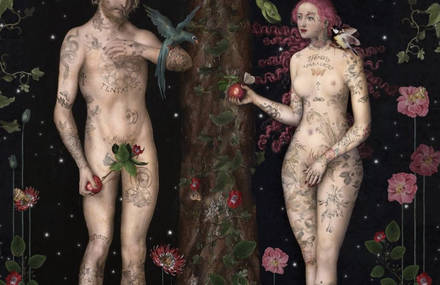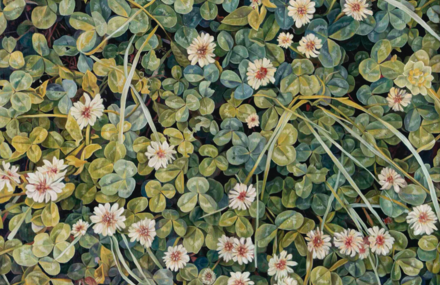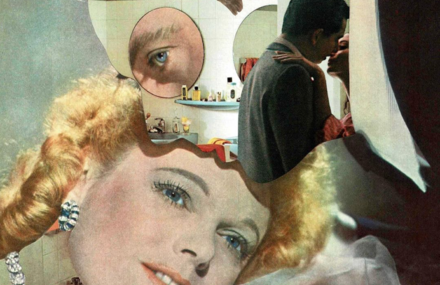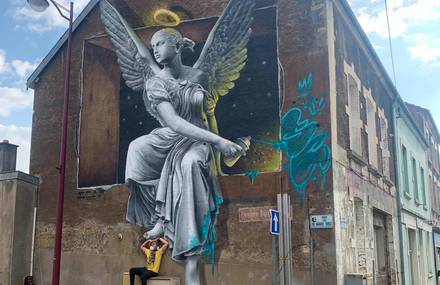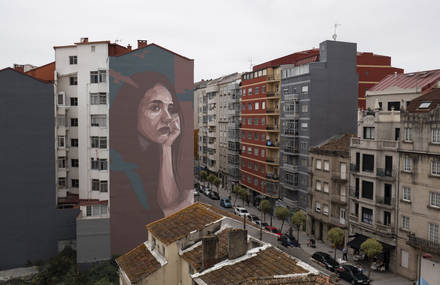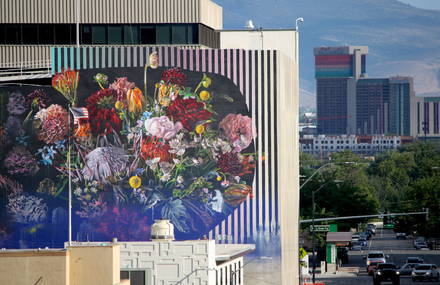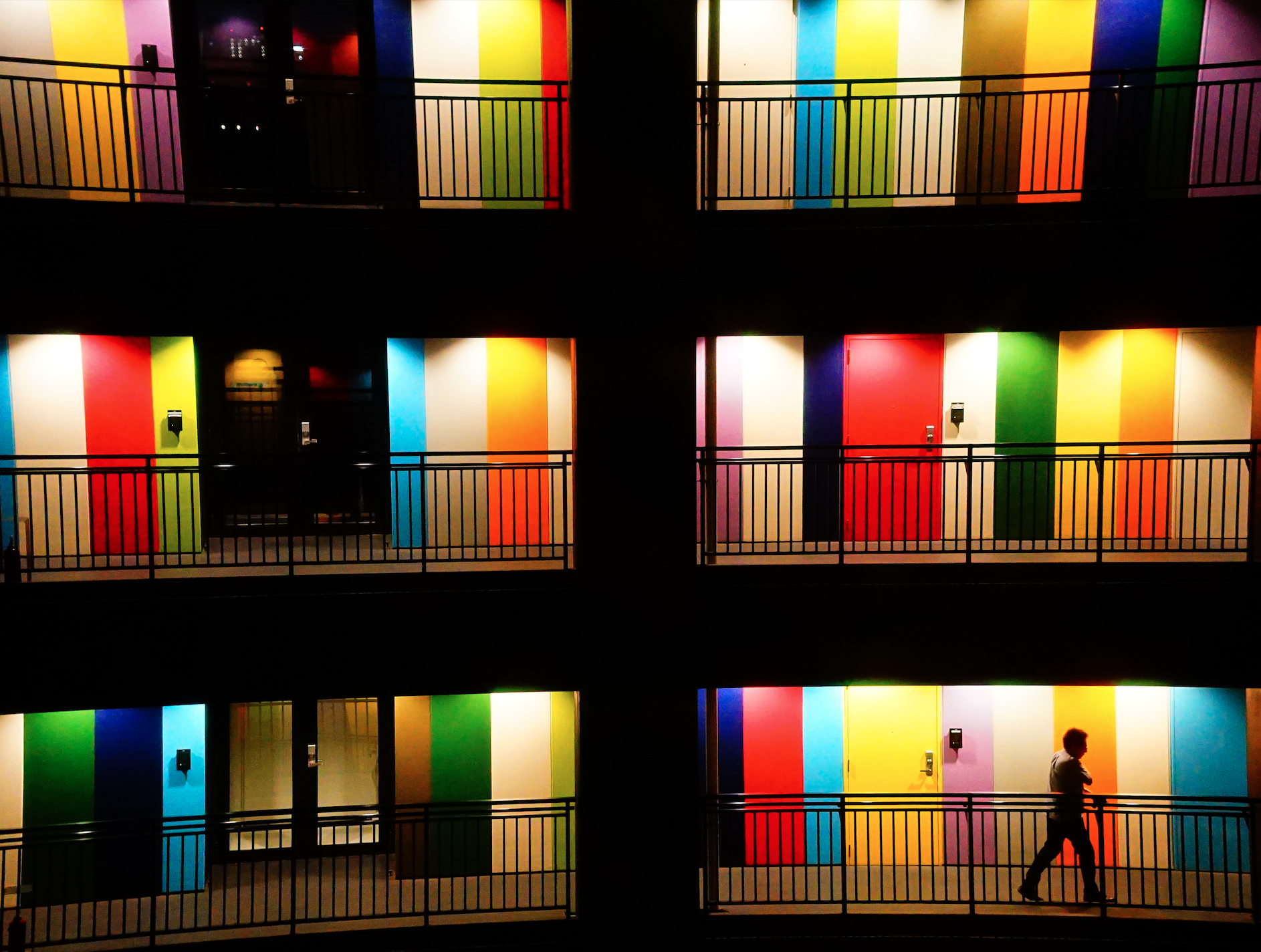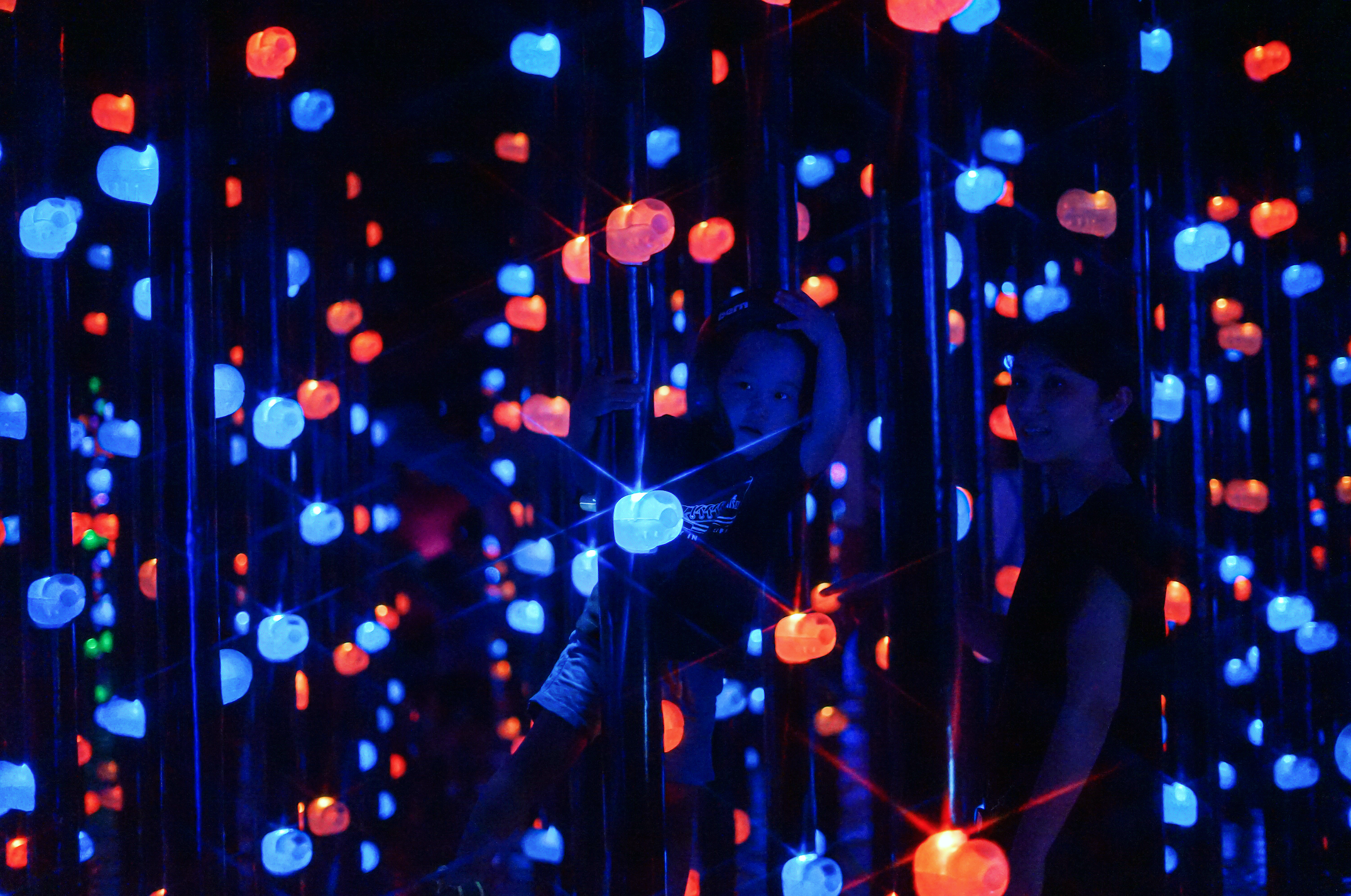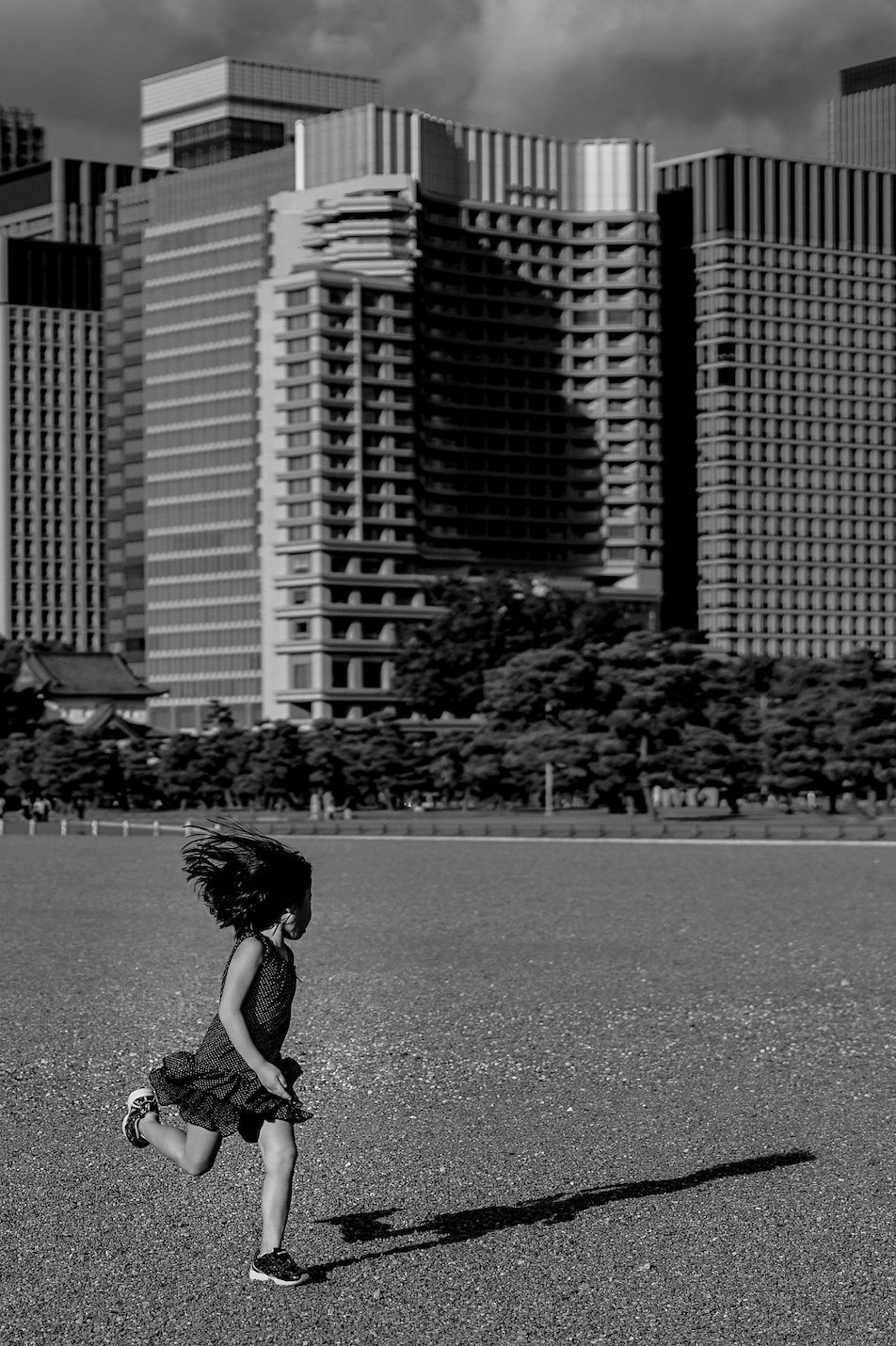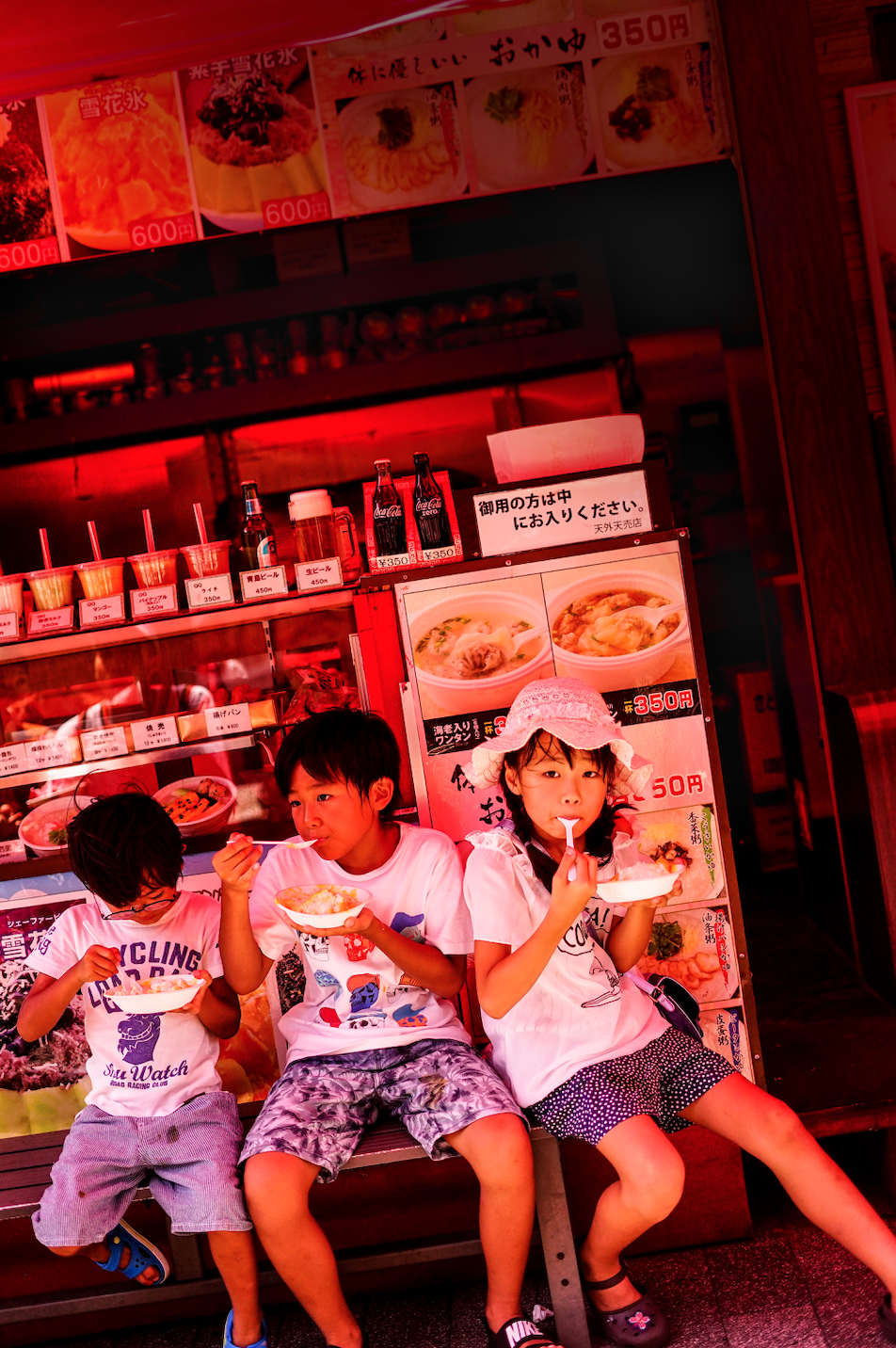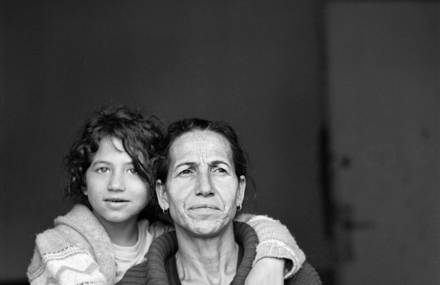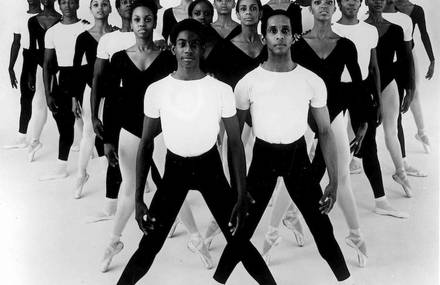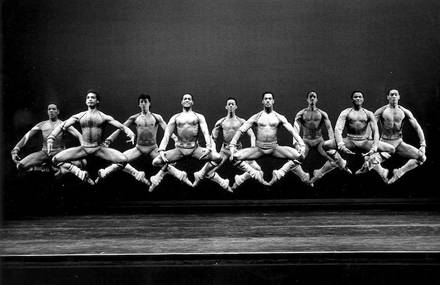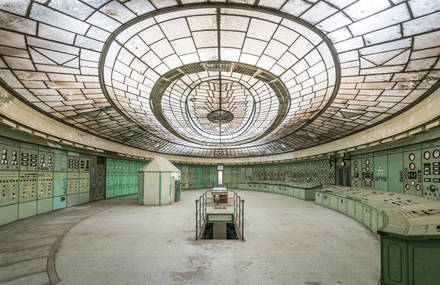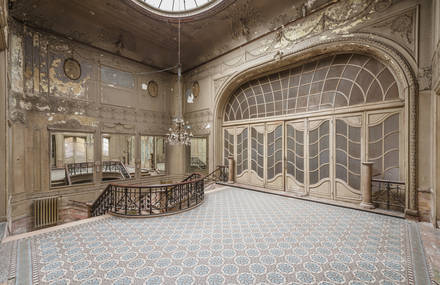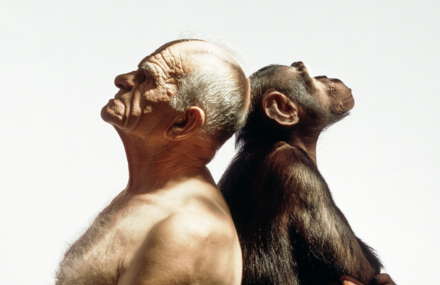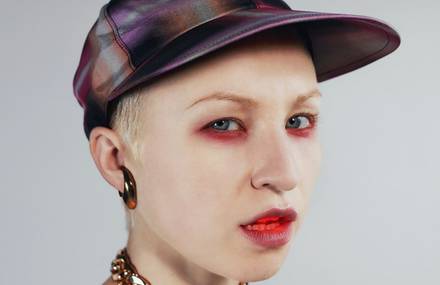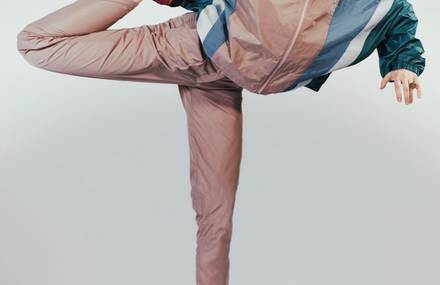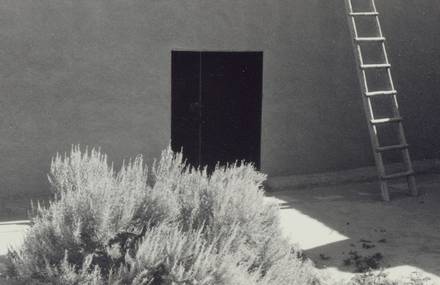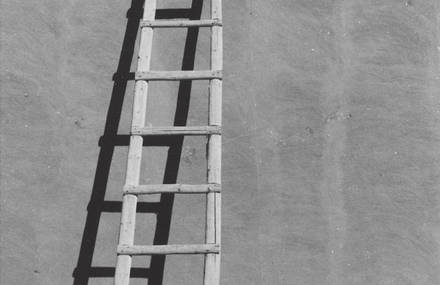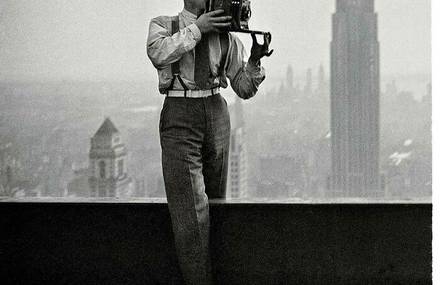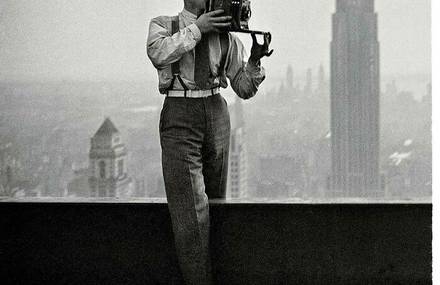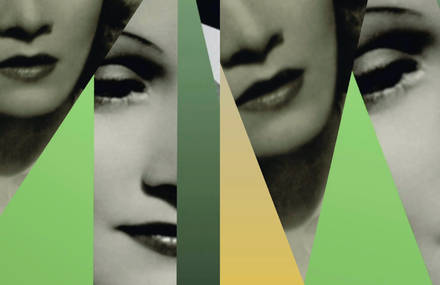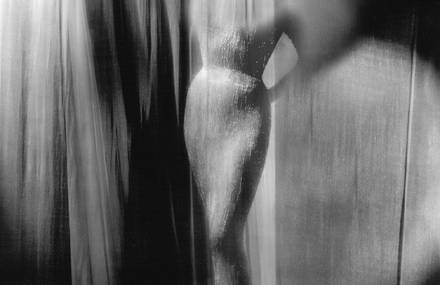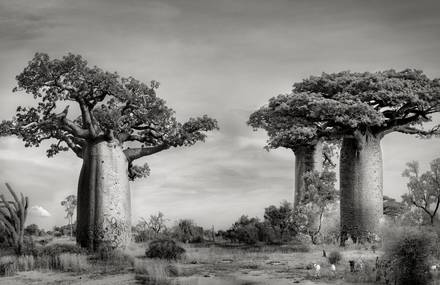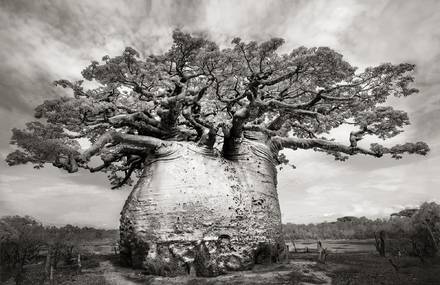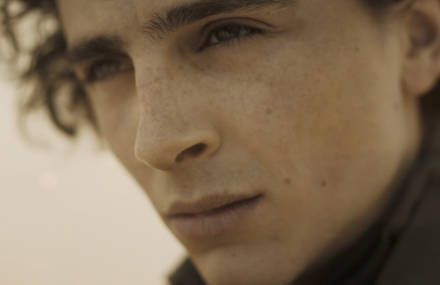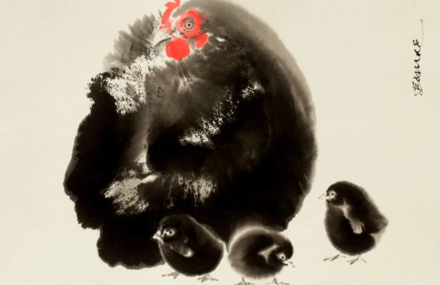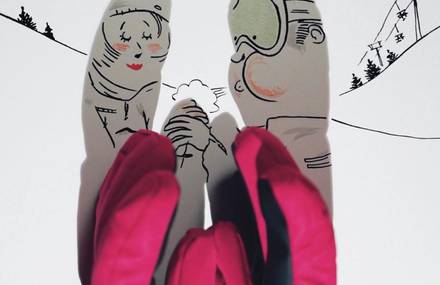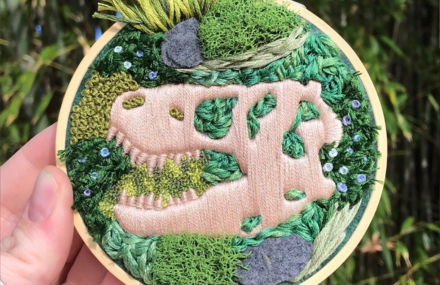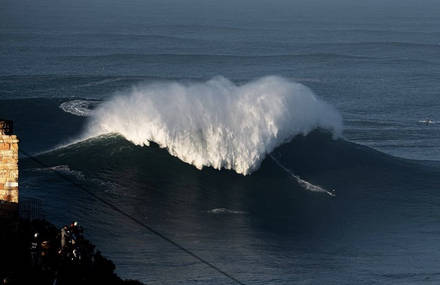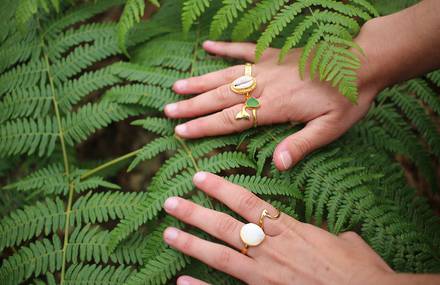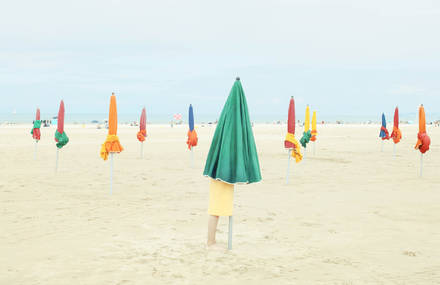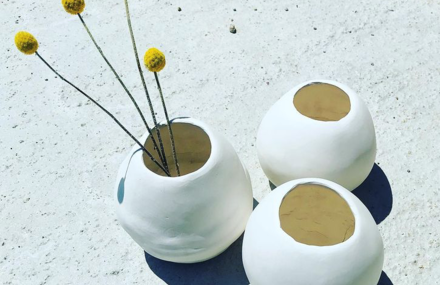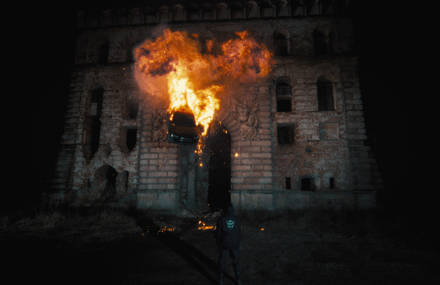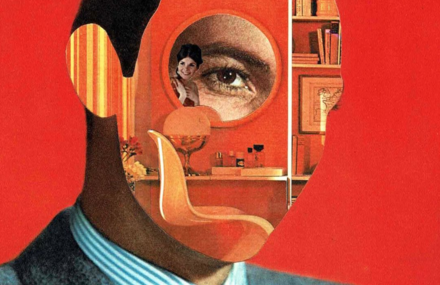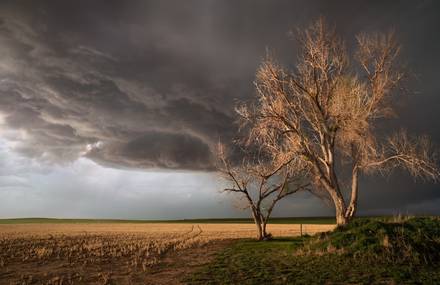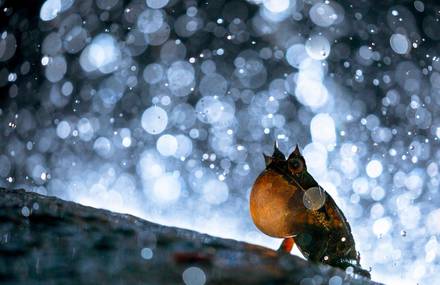At almost 23 years old, Elise Azria is a truly passionate person. Currently a management student, she explains that she “always had a camera in her hand”. For her, her photographs are like sketches of memories. “Since I never knew how to draw, but I love art just as much, I trained myself to make well-thought-out and well-framed photos directly. They then became the final step in my creativity,” she explains. Greatly interested in man and his environment, it was during a trip to Japan, in Tokyo, that she produced a series that was both visually pleasing and strong in socio-cultural meaning. An important aspect that she intends to continue to develop in her artistic work.
How did you enter the world of photography?
As a student in a management school, I was immediately interested in the cultural industry. Then, I had the opportunity to go to Japan, in Tokyo, to do an internship in an art photography gallery. The best way for me to reconcile my studies and my passion, which was affirmed during this Japanese term where I met many photographers and attended vernissages and exhibitions.
Why did you choose Japan?
Japan was a destination that I chose totally by chance, having been accepted for an internship there. I knew absolutely nothing about Japanese culture, so as soon as I got out of the airport, I was amazed and had the impression that I was living a daydream, as Japanese society surprises and appeals to the imagination. It was like living in a bubble, which is conducive to creativity and imagination, especially since I had a totally new outlook since I was out of my comfort zone. That’s when I started to take photography more seriously, Japan being the best place to start street photography. Upon my return, I was rewarded by the Canon brand at the Grand Prix de Photographie de St Tropez and one of my pictures was sold at a charity auction. I think that’s when I really entered the world of photography.
Had you planned beforehand to make a series?
I hadn’t planned to make a series in particular at all, but from my first day in Japan, the daily scenes of the Tokyo streets and its passers-by imposed themselves on me. My photos tell the story of a three-month urban wandering in Tokyo and its surroundings. Consequently, there are motifs that repeat themselves, the decorations, the neon lights, my own solitude as a traveler who meets that of the Japanese crowd.
What inspired you on the spot?
In Tokyo, I discovered a light that I hadn’t seen anywhere else. A cinematographic light that caught my eye, day, and night. It inspired me enormously. Then, as I made encounters and learned a little more about Japan that was unknown to me, I was inspired by the mysteries and curiosities (in my own frame of reference) that Japanese society contains within it. I took my photographs like a painter paints watercolors in a travel journal. I immortalized everything that puzzled me.
Did you want your photos to have an interest in terms of social documentation as well?
I was fascinated by the relationship that Tokyoites, inhabitants of a modern, hyper-technological, and innovative architecture city, have with nature, which permeates all Japanese culture. It is a very special and unique relationship since even in places where it is no longer expected, it remains omnipresent. For example, the digital exhibition “Borderless” by the TeamLab collective, which offers its visitors an opportunity to immerse themselves in ultra-technology. It is a pixelated maze that turns out to be an ode to nature, inviting visitors to reconnect with it by exploring its neon forests.
Do you have a future project in mind? (if so, what does it consist of)
I would like to continue to evolve in my practice of photography and to launch myself into photojournalism. If until now I have taken my photographs on the fly, freezing what touched me spontaneously, I would now like to study a well-defined subject in advance and tackle geopolitical or social science themes. Beyond being a simple visual witness, documenting what I see, but always with as much heart.
Generally speaking, do you want to transmit something through your art?
Poetry. The poetry of everyday life. When we are caught up in our routine, we lack perspective on what surrounds us. So what I try to do is to change perspective and immortalize touching moments that have for me, even if they only last a second, a lot of lyricism.
